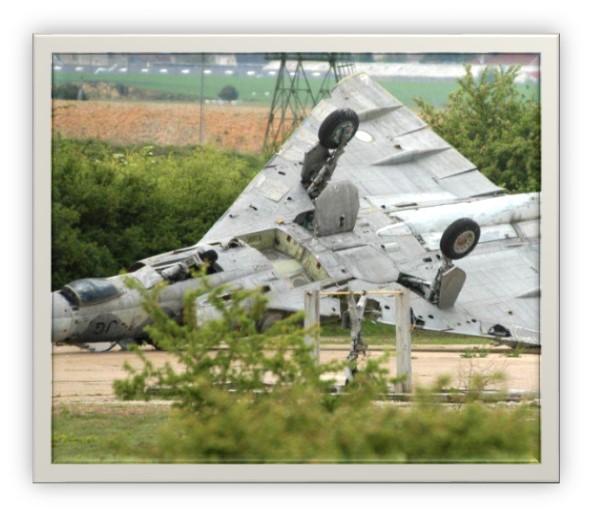Another hive mind question. This time an exploration of the technological changes in Aviation technology, and the corresponding AA/SAM systems and location/detection technologies during the period 1985-1989 during the cold war.
What happened?
What changed?
If we look at two or three titles Red Strike, Under an Iron Sky and NATO: Cold War goes hot [design edition], which cover the airwar from 1983 through 1989. The NATO title is the most abstract [but arguably the most off the chain deadly], but the other two titles have distinctly different yet detailed approaches.
In UAIS detection is relatively easy simply based on range, and AA/SAM systems are if carefully used significantly more deadly than in say Red Strike, while the aircraft impact upon ground units in UAIS is somewhat muted, but reasonably powered in CAS mode.
Red Strike sees a distinction between NATO and WP forces that is stark, but taking that into account and working through the math we see aircraft being detected 70% of the time yet when you engage as the WP player you have a 40% or less chance to hit. Whereas NATO can avoid damage 70-80% of the time. This compound effect is a stark difference. In UAIS Flak units have a quality scale from A+ to D, where A+ never miss, they will always do some damage, and B rated ‘flak’ have just a 15% chance of NOT inflicting damage. The worst rated flak have 65% chance of a miss.
So my question for readers, thinkers, players and those who are more familiar with the specific technological changes during the mid to late 80’s what changed, who got what that changed the game. How did, assuming both of these models are ‘representative’ designs of the time vs design desired intent; did the technology change so significantly?
If so what changed?
Once I get back to town, I’ll post up the charts for both and maybe we can dig up some decent sites with details on the systems at each point in time for UAI and Red Strike. I think it would be an insightful exploration of how wargames capture the effects of technology over time.

Interesting topic.
Cannot be stealth (too early)
Cannot be airborne computers/fly by wire ( too late)
Having followed the development of military tech during the period the only reason I can think of is economical rather than strictly technical.
What happend?
Well…Reagan happened.
The massive rearmament and defense buildup during that period probably spilled over to the development of advanced technologies…up to the point the “performance gap” in critical, high performance, high cost systems started to become noticeable.
In ot
In other words….it wasnt some tech In particular, but rather a cumulative effect in multiple field that started to make the difference.
great point see my next post!
Actually, the causality runs the other way. That advanced technology had a decades-long run-up that was set in motion by Carter. Reagan provided the money for production at scale. Much the original focus on and development of that new generation of conventional military programs whose production marked the 1980s buildup (Abrams, Bradley, Blackhawk, Aegis, Patriot) was instigated or selected for development under the Carter administration, and F-15 and F-16 entered production under it. Even the B-2 grew out of the Carter administration’s ATB (Advanced Technology Bomber) program.
Cool thanks for sharing. These programs have long lead times. Makes solid sense.